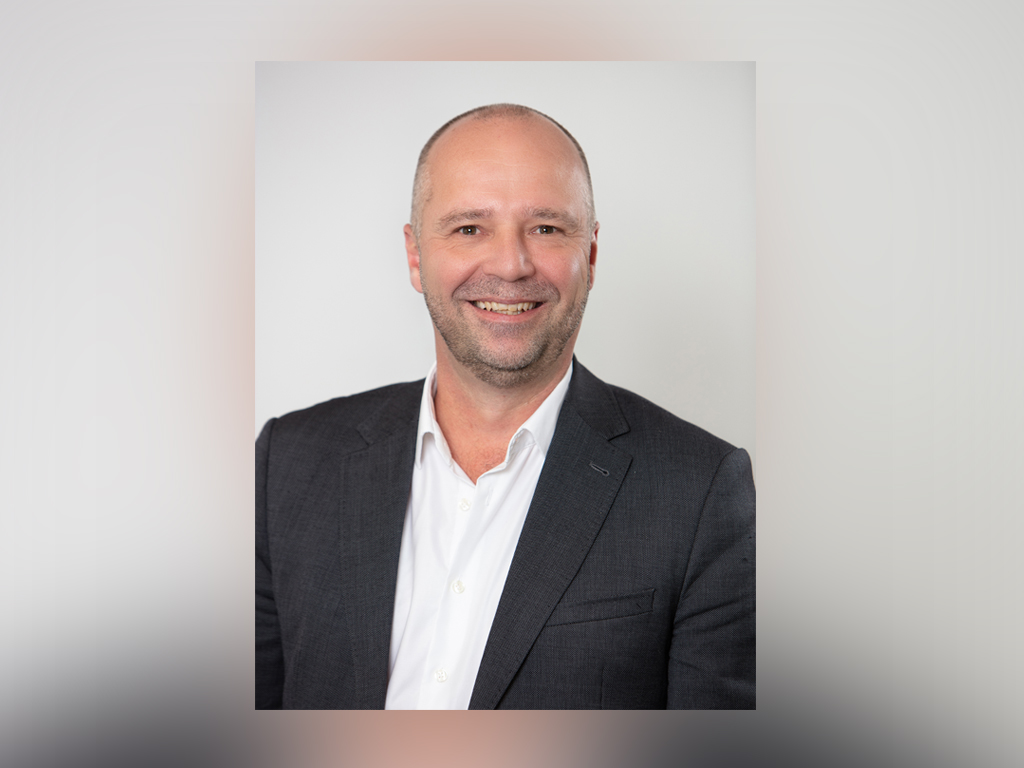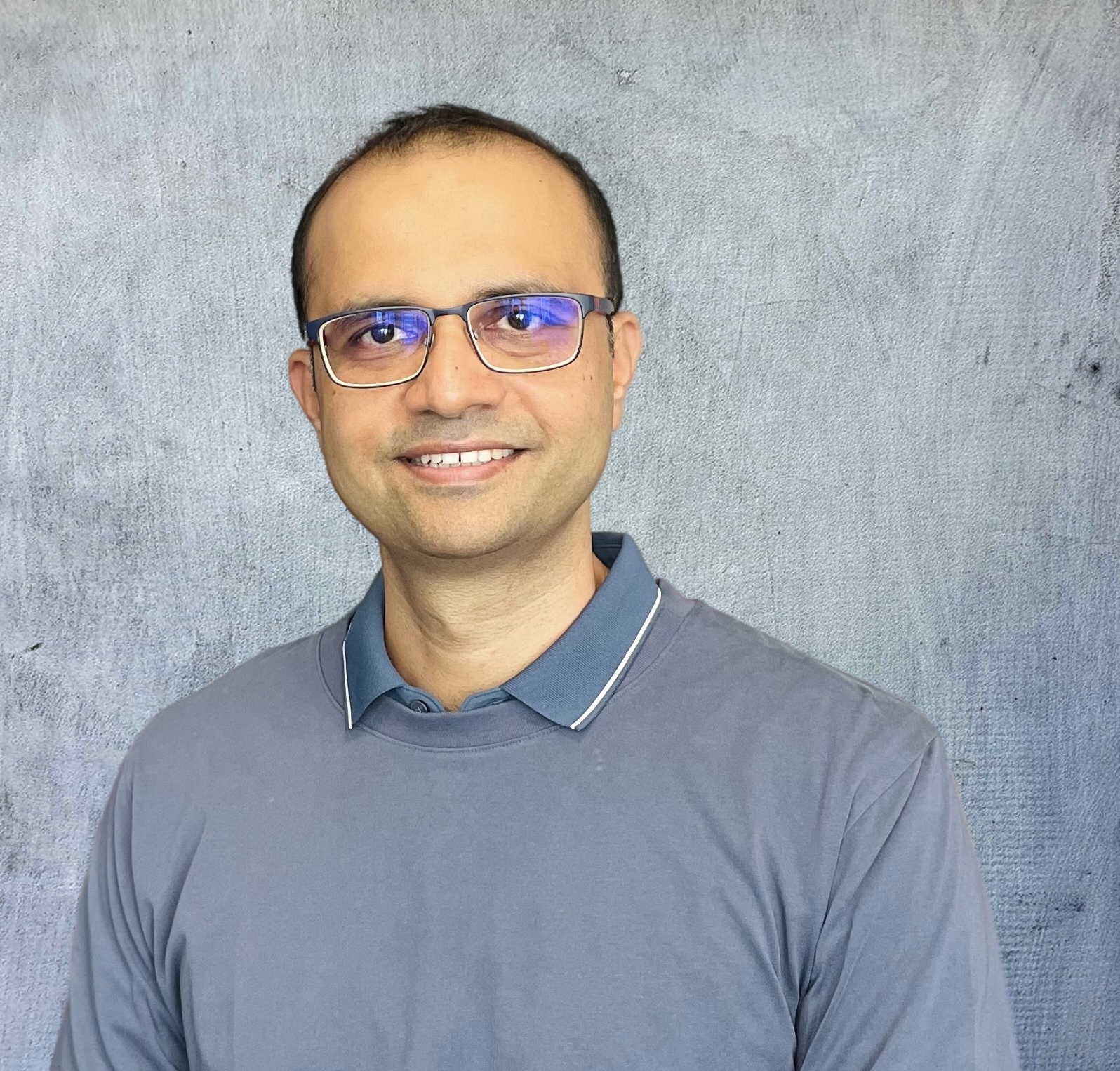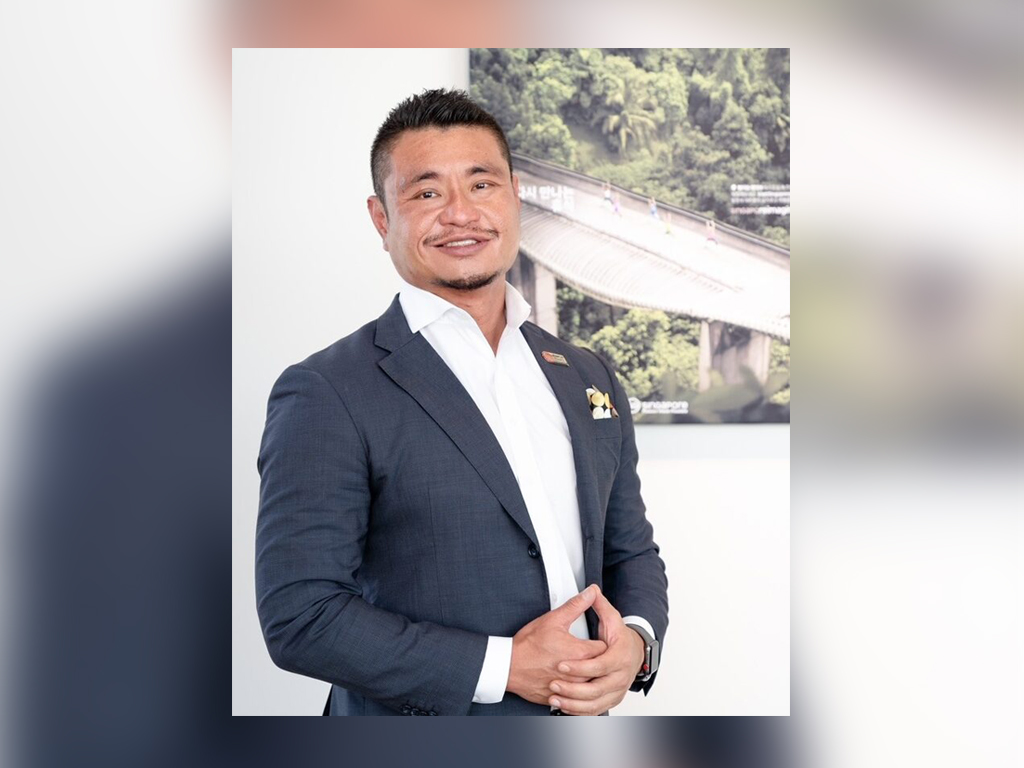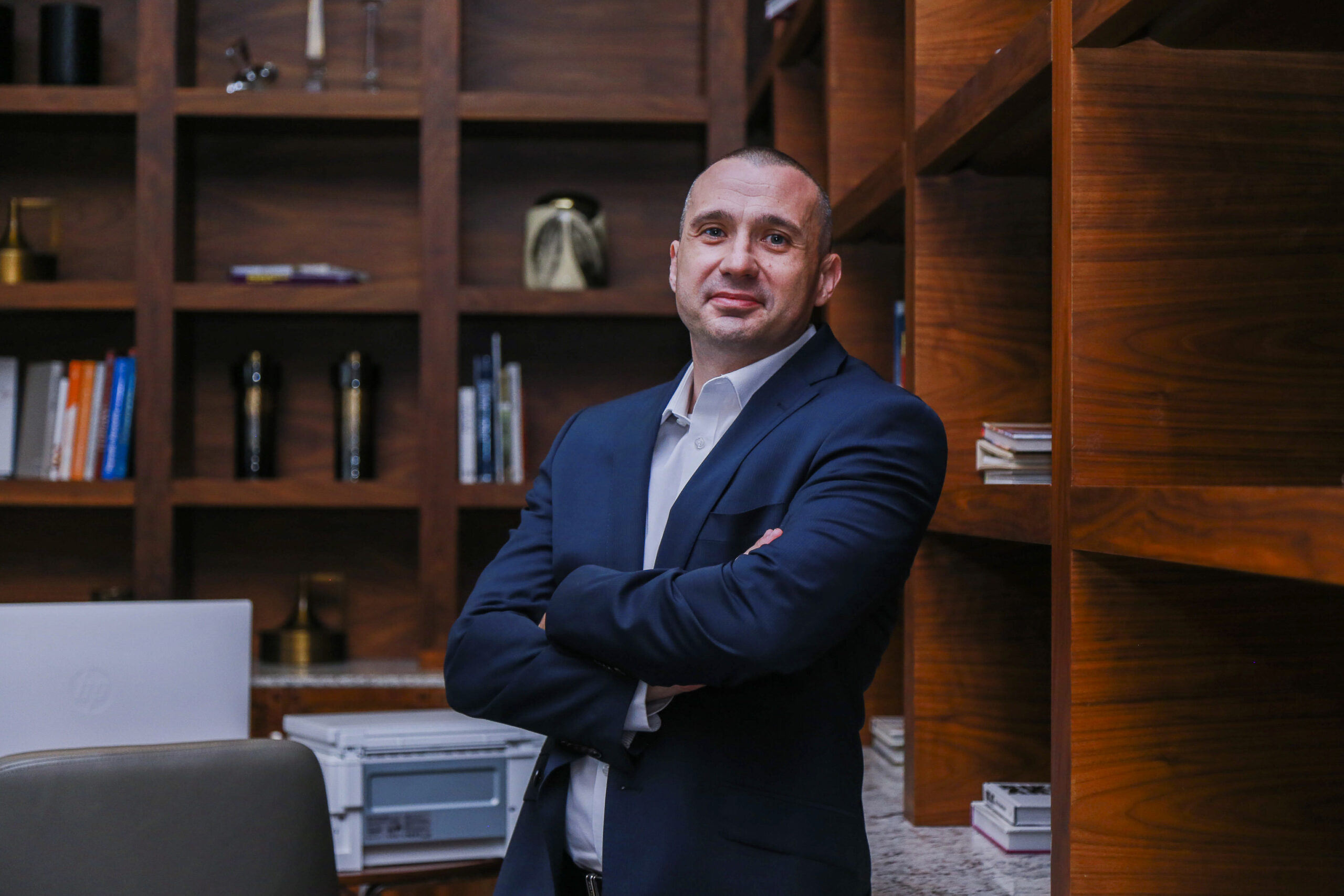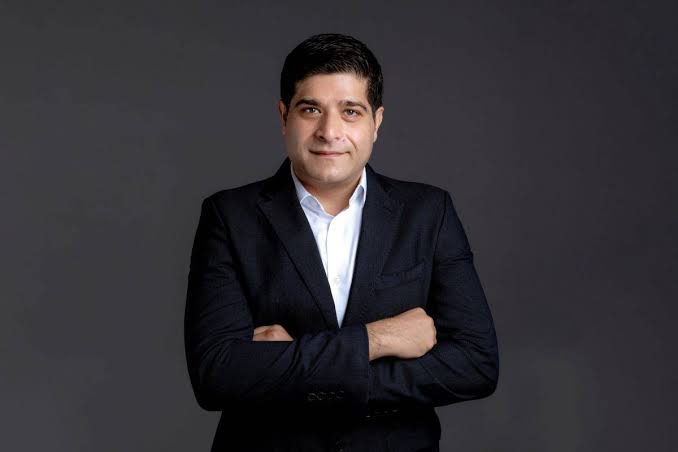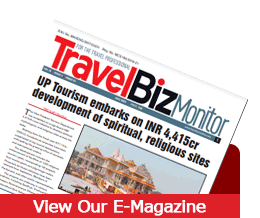‘New Zealand offers year-round unforgettable experiences for Indian travellers’
Conversations with trade partners and research reveal that an increasing number of Indian travellers are showing interest in culture, outdoor activities, and campervans, beyond traditional adventure tourism and Queenstown. Taking this into account, Tourism New

